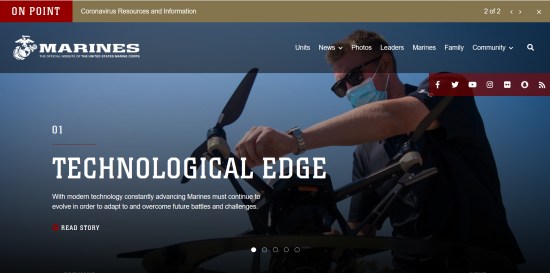

While the Mark I and later the Mark IV tanks were excellent infantry-support weapons, and could even create a substantial breach in an enemy line when used in numbers, they lacked the speed to exploit that gap. In late 1916, William Tritton proposed a faster vehicle to the Landships Committee which would be capable of filling this role on the battlefield.
The new vehicle, called the Medium Mark A or 'Whippet', was a radical departure from the heavier rhomboidal tanks. The caterpillar tracks, derived from the Little Willie prototype, were more conventional side-slung units, as opposed to the all-around tracks of the Mark IV.

Though originally envisioned with a rotating turret, the production model had an armored housing for three to four 303 Hotchkiss machineguns, which could be relocated between four gun ports. Approved in June 1917, roughly 200 vehicles were produced starting in October 1917.
Unlike the large crew of the Mark IV, the Whippet managed with a standard crew of three: a commander, driver and gunner. Given the gunner was responsible for manning both machineguns (which could point forward, left, right and rear), sometimes a second gunner was squeezed in.

As its primary role was to get these guns into the enemy rear as quickly as possible, the Whippet was designed with two 45hp engines – one powering each track. This gave the Whippet a top speed of 8.3mph, far faster than its heavier cousins.
The Whippet reached the battlefield during the British Army's low ebb following crippling 1918 losses in Flanders. Their first action was to cover the retreat of British infantry during the German Spring Offensive. The machinegun armament of the Whippet proved devastating to infantry caught in the open of no-man's land, with seven Whippets effectively halting two German infantry battalions at an engagement near Cachy and Villers-Brettoneux.

Designed by Tim Adcock
Painted by Victor Pesch









